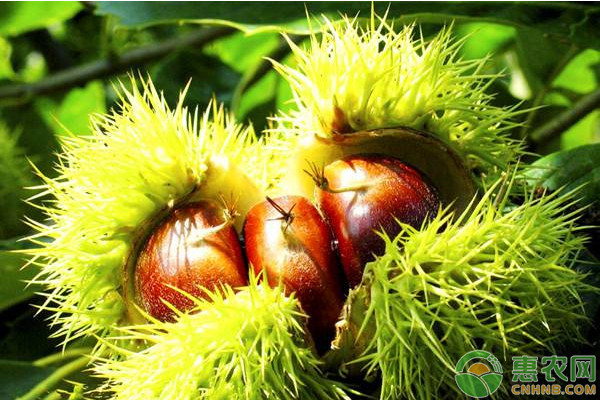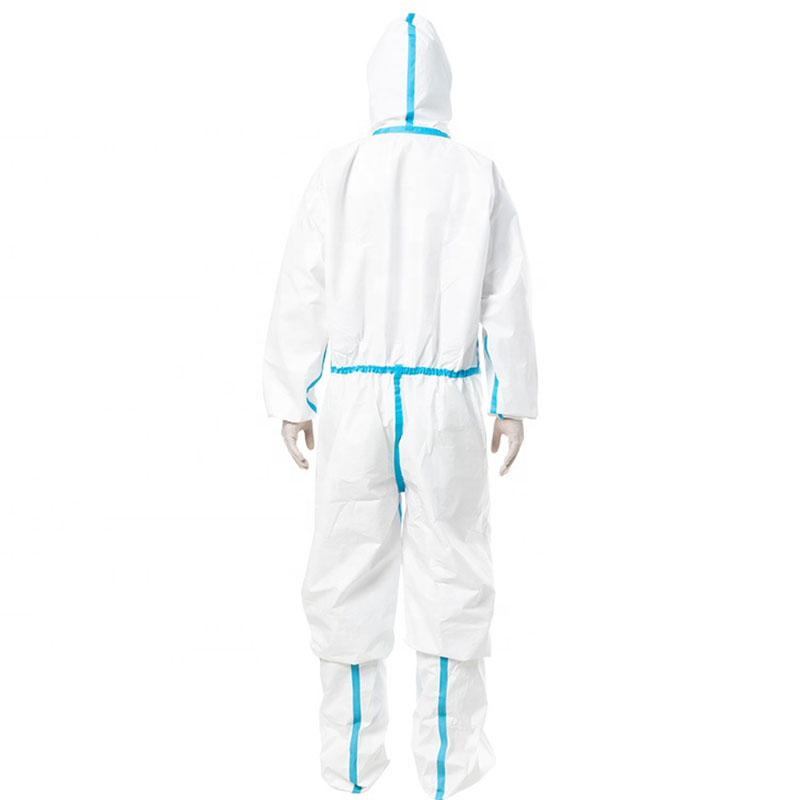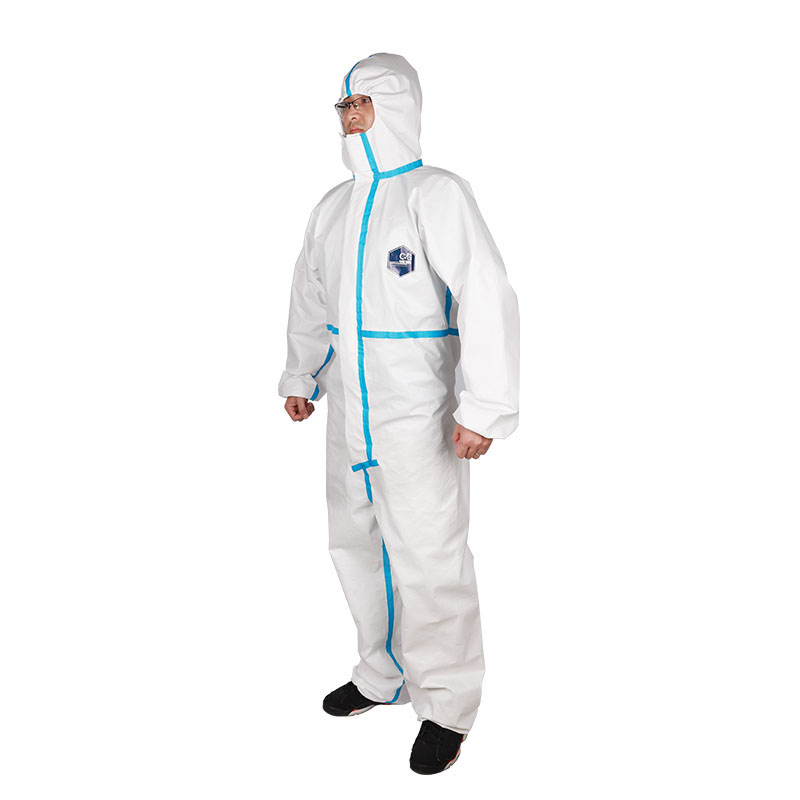Recently, many farmers who planted chestnuts reported on the background of Huinong. The content of the chestnut grafting technology was too small. This is not the case. Today, we will take everyone to learn four kinds of grafting techniques for the chestnut bones and bare belts in Chengdeshan, Hebei. 1 Overview of the grafted garden 1.1 Grafting Park Situation The grafting test of the chestnut trunk branch of the mountain floor is carried out in Beichang Village, Gushan Township, Kuancheng County, Chengde City, Hebei Province. The local climate is a temperate semi-humid semi-arid continental monsoon mountain climate with four distinct seasons, cold and snow in winter, and spring. Windy and arid, the annual average temperature is 8.6 °C, the annual frost-free period is 150-175 days, and the average altitude is 300-400 meters. The soil is conglomerate and glutenite composed of volcanic rocks, granite and a few gneiss. The texture is loose and physical weathering Strong, nutrient loss is serious, water retention and poor fertility, pH 6.5 ~ 7.5. The grafting area is 240 mu, and the gardens are all managed in a unified manner. After harvesting in autumn, the organic fertilizer is applied in an amount of 2,000 to 2,500 kilograms per acre. In the autumn, the organic soil is not thawed and applied to the ecological organic fertilizer, and 500 kilograms per acre is applied. Winter and spring pruning rationally arranging large branches and fruit branches, adopting rotation to update and pruning, and combining techniques such as summer buds, pull branches, and topping. The use of imidacloprid, avermectin, stone sulfur mixture and fungicides to control pests and diseases. 1.2 grafting method The rootstock is a 6- to 7-year-old chestnut tree planted at a plant spacing of 4 m × 2 m. The middle of the branches is bare and the yield per mu is 20-50 kg. Grafting time April 20, 2015, the grafted variety is Yanshan Zaofeng. The grafting of the bare branches with bare branches ("three different growth" grafting), single bud insertion, bare dry grafting, and splicing four grafting methods, each method grafting 60 acres, a total area of ​​240 acres. 2 grafting technology 2.1 The backbone branch grafting method The main technical principle is to use the principle of balance between tree canopy growth and nutrient supply under the tree roots, and the ear is connected to the ear, so that the nutrients consumed by the growth of the branches after survival and the nutrients absorbed by the roots are balanced, and the branches grow moderately. The scion used for grafting is the result branch, and the female flower appears after the branch survives. At this time, it is about 20 days later than the normal flower growing in spring, and the temperature is higher, which is the optimal temperature for pollination of the chestnut female flower. Therefore, the grafted new shoot is newer than normal growth. There are more female flowers in the shoots, and the yield is higher than before the grafting. Strip all the branches on the main and side branches (5 cm or more), and keep one growth point at the top to ensure that the nutrients are transported normally. The phloem is cut off in the smooth part of the rootstock 2 to 3 cm (main and lateral branches), deep into the xylem, and the bud-shaped cutting trough is excavated for one month above the incision. The size of the cutting trough depends on the age of the rootstock and the thickness of the cortex. The general width is 1.2-2. cm. If the rootstock is old and the cortex is thick, it can be larger. On the contrary, it is smaller. Then, cut a knife and insert the cut scion into the cortex. The scissor is less than 1 cm below the scion, so that the scion and the root of the root can be made. Close contact. The scion is not less than 7 cm. The back of the noodles is cut into a wedge shape and inserted into the root layer of the rootstock. The scion is wrapped around the 3-4 layers with a mulch 10-12 cm wide. Depending on the length of the bare belt, one scion is taken every 20 cm, and the scion is alternately arranged. 2.2 single bud insertion Select the pure variety, no pests and diseases, mechanical damage, full of buds, cut the strip into a number of 5 ~ 6 cm long and only one full bud of single bud scion, which stays about 2 cm above the bud, bud 3 cm below, cut from the bud to the back to a smooth bevel, the bottom end is cut into a wedge shape, without cutting the rootstock, directly cut a "T" incision in the smooth branch of the backbone, will be cut Insert the scion into the cortex, then wrap the interface with a plastic strip to expose the buds, and ensure that there is no gap in the interface position. 2.3 bare dry grafting Cut from 70 to 80 cm above the interface. In the smooth part, cut the phloem for one week, cut deep into the xylem, and peel off the phloem above the interface. The ear is cut, the length of the scion is about 20 cm, the surface is smooth, the shape is about 7 cm, and the thickness of the apex is one quarter of the scion. The scion is inserted into the cortex. When the rootstock is fine, one scion can be inserted. When the rootstock is thick, insert two scions, and use a saw to saw the xylem around 1 cm so that the base can be removed in the coming year. The upper end of the scion is level with the phloem of the rootstock, and then the interface is tightly wrapped with a plastic strip and cut at 70 to 80 cm above the interface. 2.4 connection Remove the unsalted parts of the collected tip and base buds, cut the scion into 8 to 10 cm sections with 2 to 3 buds, and then cut 2 to 3 on both sides of the lower end of the bud at 3 cm. Centimeter-long wedge-shaped bevel. Cut or saw the rootstock, and cut the incision into a smooth plane. Gently squat down from the center of the rootstock cut section with a splicing knife, and insert the sharpened scion quickly, so that the scion and the rootstock are layered. The upper part of the scion is exposed to 0.1 to 0.2 cm, and then immediately tied with a plastic film tape. When the new shoots grow out, they are easy to wind and must be tied to the pillars. 3 Results analysis 3.1 Survival rate of grafting methods after grafting for 30 days On the bare branches of the backbone branches, the bare branches of the backbone branches were grafted, the single buds were inserted, the bare grafts were grafted, and the grafts were grafted, and 166, 132, 118, and 123 scions were grafted respectively. The survival scions were 159, 125, 107, 109 respectively. The survival rates were 96%, 95%, 91%, and 89%, respectively. The survival rate of grafting and grafting of the main branches of the backbone branches was higher than that of the bare stem grafting and splicing. 3.2 4 kinds of grafting methods within 3 years of production The result of the grafting of the backbone branches was 564.48 kg in the three years after grafting, while the other grafting methods had no yield in the same year and the second year. 3.3 Grafting steps and labor saving situation In the case of the same cultivation conditions and survey contents, the bald belt has more results, and the mother branches are fast grafted. The scion does not need to be cut, the rootstock does not need to be cut, and the scion does not need to be tied after the grafting. The technique is simple, saves labor and time. . 4 Conclusion The grafting of the bare branches of the backbone is a new technology developed through the integrated assembly of the skin grafting. In the same year, the grafting success rate reached 96%, and the average yield per mu in the three years after grafting reached 356.31 kg, with significant economic, social and ecological benefits. At the same time, it has realized the growth of traditional uniaxial extension type, relying on the backbone of the bare belt to supplement the multiple techniques, shortening the nutrient transportation and reducing the nutrient consumption. This technical system has innovative features such as simplification, practicality, early harvest and high quality. The promotion and application prospects are very broad.
Medical protective clothing refers to the protective clothing used by medical personnel (doctors, nurses, public health personnel, cleaning personnel, etc.) and people entering specific medical and health areas (such as patients, hospital visitors, personnel entering infected areas, etc.). Its function is to isolate germs, harmful ultrafine dust, acid and alkaline solutions, electromagnetic radiation, etc., to ensure the safety of personnel and keep the environment clean.
protective clothing,personal protection,disposable surgical protective clothing Shanghai Rocatti Biotechnology Co.,Ltd , https://www.ljdmedical.com




